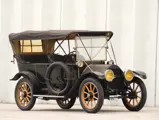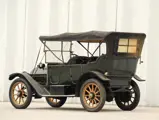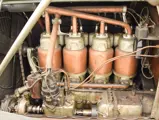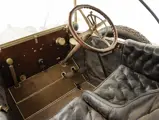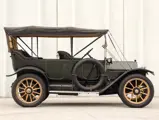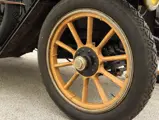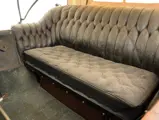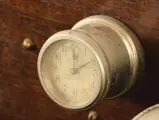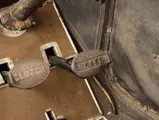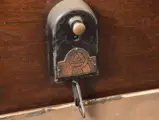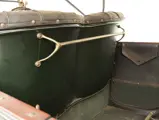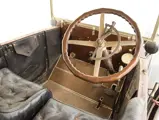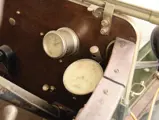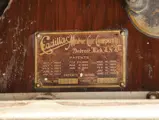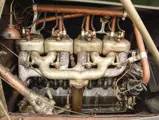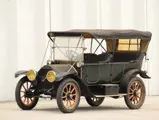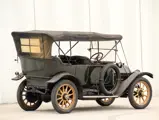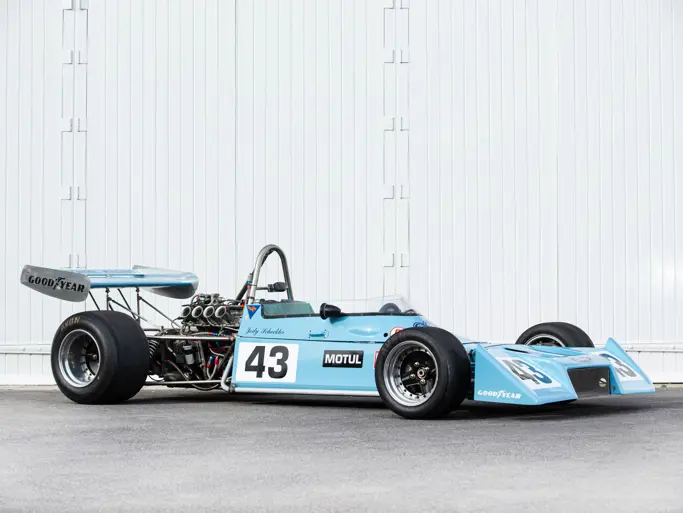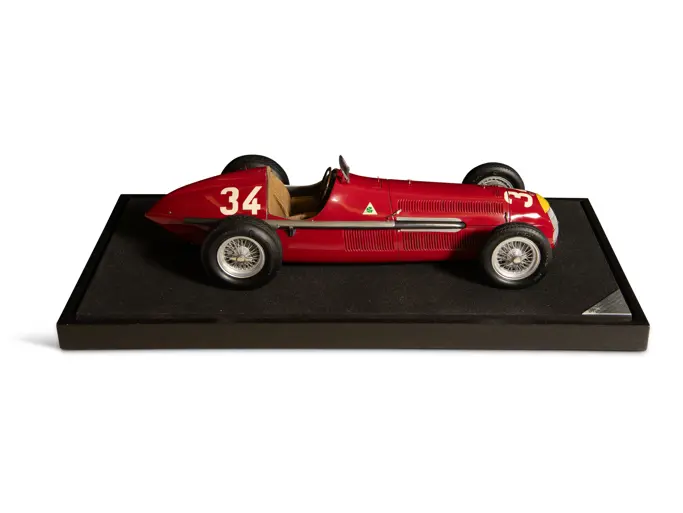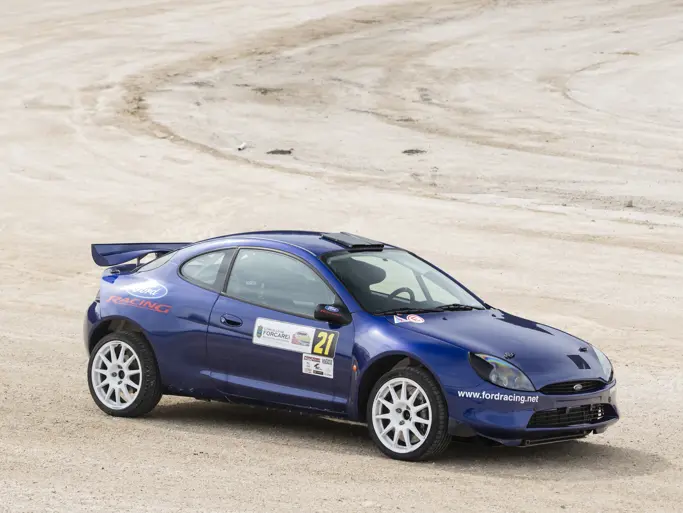Hershey 2015
1912 Cadillac Five-Passenger Touring
{{lr.item.text}}
$55,000 USD | Sold
 | Hershey, Pennsylvania
| Hershey, Pennsylvania
{{internetCurrentBid}}
{{internetTimeLeft}}

- Elegant barn find
- 50-year history with a prominent Connecticut family
- Documented by its original build sheet
- Ready to enjoy
32.4 rated hp, 286.3 cu. in. inline four-cylinder engine, three-speed manual transmission, solid front axle with semi-elliptical leaf springs, live rear axle with platform leaf-spring suspension, and two-wheel mechanical brakes. Wheelbase: 116 in.
The Model 30, named for its horsepower, was Cadillac’s sole offering in 1909. As a refinement of the 1907–1908 Model G, it had a longer wheelbase but was offered only in open body styles. With a price at about two-thirds of the G, the new 30 sold nearly six times as many cars as all 1908 Cadillacs combined.
Three body styles were offered, a roadster, a tourer and a demi-tonneau. The latter had a detachable tonneau and could be converted to a runabout. The roadster and demi-tonneau had a sweeping cowl that presaged “torpedo” styling. When a windshield was ordered, it was affixed to a wood dashboard fitted over the cowl. In 1910, closed bodies, a coupe and a limousine, returned to the Cadillac line. The 1911 model year brought a longer wheelbase and marked the last use of “Model 30.” Although the cars remained much the same through 1914, they were sold as simply “Cadillac.”
The big news for 1912 was electric starting and lighting. This Delco system, developed by visionary engineer Charles Kettering, was not the first electric starter, but it was much smaller and simpler than previous efforts and thus more practical. From his work at the National Cash Register Company, he understood that an electric motor could be severely overloaded, provided that it was used only intermittently. The 1912 Cadillac system used four six-volt batteries connected in series for 24-volt starting, while lighting and accessories ran at six volts. Kettering realized that a complete electrical system made sense for a car; thus, Cadillacs dispensed with gas- and oil-fueled lighting completely.
Cadillac records show that car number 69195 was shipped on March 30, 1912, to the Horton Motor Company in Mayville, North Dakota, which was, as now, a city of fewer than 2,000 people. Its first owner is not listed, but it apparently stayed in town, for that’s where John Talcott Sr. found it in 1958. Talcott, a manager at his family’s Talcott Brothers Mill in Connecticut, had it shipped to Talcottville, as his hometown had been renamed following the mill’s purchase by Charles and Horace Talcott in 1856. The Talcott mills were known for their Cassimere, a fine woolen cloth with a twill weave.
The car was transported from North Dakota by railroad boxcar. Upon arrival, John Talcott had it repainted from the original blue and registered; it still bears the license plate with a 1958 validation sticker. It was inherited by his son John Jr., a director of the well-known Ocean Spray Cranberry co-operative, but it had not been exhumed from storage until recently.
It still carries the black and green 1958 paint scheme, and its black leather upholstery appears to be original. The paint is tastefully pinstriped in white and appearing exceptionally good for its age. The black canvas top is of a more recent date. Electric headlamps are by Gray and Davis and have amber lenses. Instrumentation is sparse, comprising only a speedometer, which shows fewer than 65,000 miles, and a Phinney-Walker keyless clock. The engine compartment is generally clean, though not detailed, and shows the patina of time. Cadillac cylinders were separately cast and mounted to a common crankcase, which gives these cars a distinctive look. The tires are Firestone 36x4½ Non-Skid blackwalls of a certain age, but they show no cracks.
Barn finds are all the rage, but few are the ones that can be pressed into service with minimal preparation and in which one can be proud to be seen. This Cadillac is such a car.

